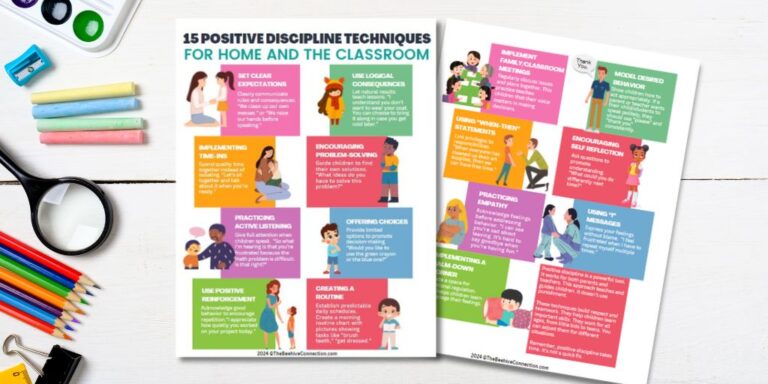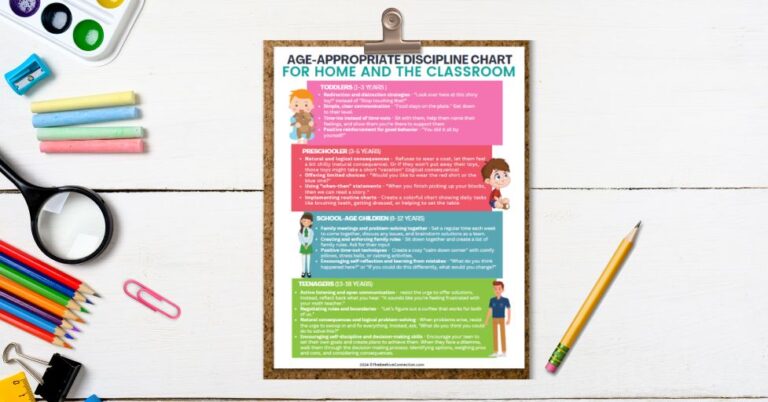Co Parenting with Different Parenting Styles: A Roller Coaster You Didn’t Sign Up For
Disclosure: This post may contain affiliate links, meaning I may get a small commission if you decide to make a purchase through my links, at no cost to you.

Co Parenting with Different Parenting Styles: A Roller Coaster You Didn’t Sign Up For
Welcome to the wild ride of co-parenting with different parenting styles. Whether you’re dealing with a helicopter parent, a free-range enthusiast, or someone who swears by attachment parenting, this guide is here to help you navigate the chaos with a smile on your face and maybe even some sanity intact.
Table of Contents
- The Parenting Style Spectrum
- Communication: The Secret Sauce
- The Power of Compromise
- Handling Discipline Differences
- The Art of Flexibility
- Dealing with Extended Family
- Special Situations: Travel, Holidays, and Weekends
- Professional Help: When to Seek It
- Celebrating Successes
- Final Thoughts
1. The Parenting Style Spectrum

Before we dive into co parenting with different parenting styles in the deep end, let’s get our bearings. Parenting styles are like ice cream flavors—everyone has a favorite, and some are downright questionable. Here are some classics:
- Authoritative Parenting: The Goldilocks of parenting—firm but fair.
- Authoritarian Parenting: Think drill sergeant, minus the camouflage.
- Permissive Parenting: The “cool parent” who says yes to everything.
- Uninvolved Parenting: The “you’re on your own, kid” approach.
- Helicopter Parenting: Hovering at 10,000 feet, ready to swoop in.
- Free-Range Parenting: Kids are free to roam, like chickens.
- Attachment Parenting: All about that bonding, 24/7.
Now, imagine combining any two (or more) of these styles under one roof. Fun, right? Here is a list of pros and cons to each parenting style:
Related:
Authoritative Parenting: The Goldilocks of Parenting—Firm but Fair
Authoritative parents are like seasoned coaches—they set the playbook, explain the strategies, and cheer from the sidelines.

They know when to blow the whistle and when to let the kids run free. This “just right” approach creates kids who are confident MVPs, ready to tackle life’s challenges with a winning attitude.
Pros:
- Creates a balanced environment with clear expectations and support.
- Encourages independence while maintaining boundaries.
- Associated with higher academic performance and emotional well-being in children.
Cons:
- Can be challenging to maintain consistency.
- May lead to power struggles if not executed properly.
Authoritarian Parenting: Think Drill Sergeant, Minus the Camouflage
Authoritarian parents run a tight ship, barking orders like a no-nonsense drill sergeant.

There’s no “why” in their vocabulary—just “do it, now.” Kids in these households might be rule-following soldiers, but they can also end up feeling like they’re stuck in boot camp 24/7, craving a little more freedom and understanding.
Pros:
- Provides clear structure and rules.
- Can lead to well-behaved children who understand boundaries.
Cons:
- May stifle creativity and independence.
- Can lead to resentment and rebellion in children.
- Often associated with lower self-esteem and social skills.
Permissive Parenting: The “Cool Parent” Who Says Yes to Everything
Permissive parents also known as indulgent parents: are the human embodiment of the “yes” button.

Bedtime? Optional. Ice cream for dinner? Sure, why not? They’re the party hosts of parenting, but their kids might struggle with structure and discipline, learning the hard way that sometimes, rules do exist for a reason.
Pros:
- Creates a relaxed and loving environment.
- Encourages creativity and self-expression.
Cons:
- Can lead to lack of discipline and structure.
- Children may struggle with authority and rules outside the home.
- Often associated with behavioral problems and poor academic performance.
Uninvolved Parenting: The “You’re on Your Own, Kid” Approach
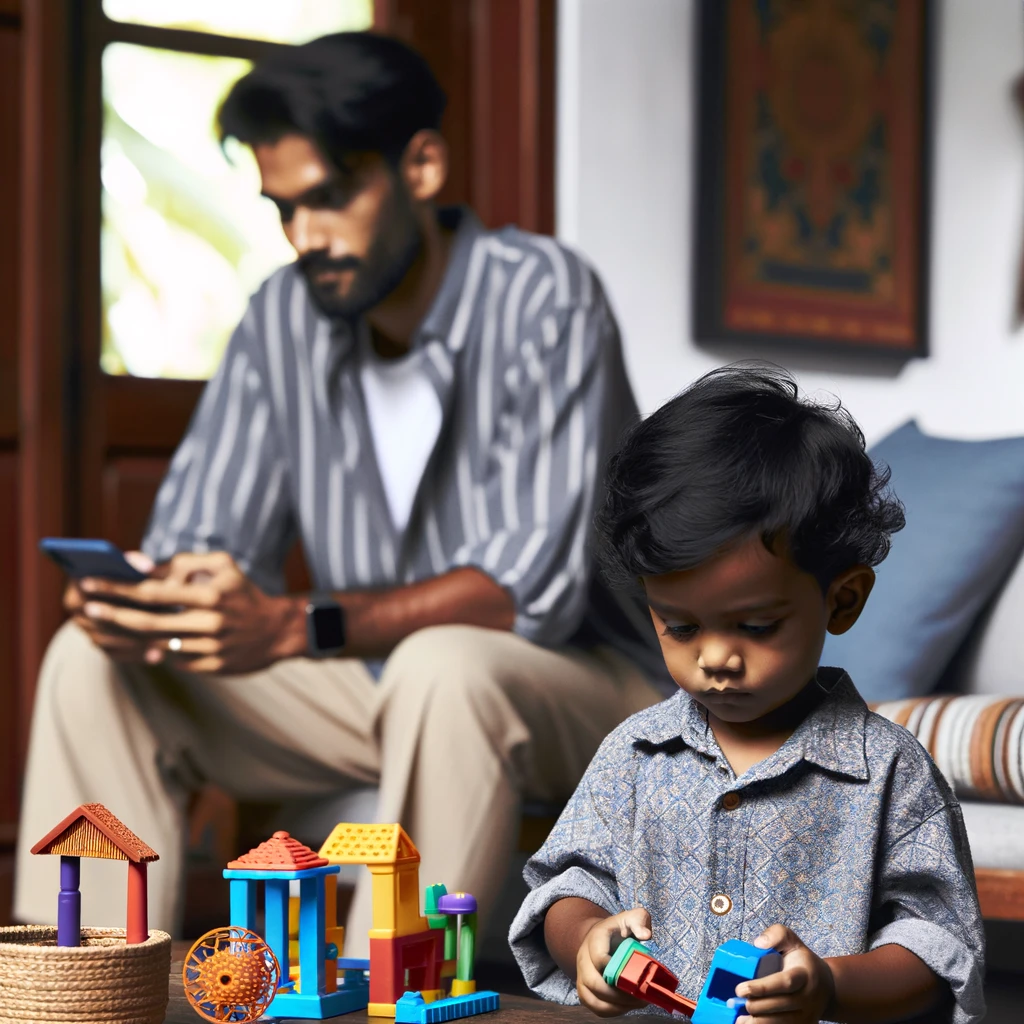
Uninvolved parents are like the mysterious neighbor who barely waves from across the street. They provide the basics—food, shelter, Wi-Fi—but emotional support? Not so much. Kids raised this way often feel like they’ve been given the remote control without any channels to guide them.
Pros:
- Gives children a high degree of independence.
Cons:
- Can lead to neglect and lack of guidance.
- Associated with poor academic performance and emotional development.
- Children may feel unsupported and undervalued.
Helicopter Parenting: Hovering at 10,000 Feet, Ready to Swoop In

Helicopter parents are always on high alert, ready to airlift their kids out of any minor scrape. They’re the ultimate problem solvers, but their overprotective nature can leave kids feeling like they’re living under a drone’s watchful eye, yearning for some airspace of their own.
Pros:
- Children receive constant support and protection.
- Can lead to high academic achievement and safety.
Cons:
- Can stifle independence and problem-solving skills.
- Children may struggle with anxiety and lack of confidence.
Free-Range Parenting: Kids Are Free to Roam, Like Chickens

Free-range parents let their kids roam free like happy hens in an open field. These kids get to explore, make mistakes, and learn to flap their own wings. It’s all about fostering independence—though some might see it as risky, these kids are being prepped for real-world adventures.
Pros:
- Encourages independence and self-reliance.
- Promotes problem-solving skills and resilience.
Cons:
- Can be seen as neglectful or irresponsible by others.
- Children may encounter risks without adequate supervision.
Attachment Parenting: All About That Bonding, 24/7

Attachment parents are the ultimate snugglers, always within arm’s reach for a cuddle or a comforting word. They’re the ones you see wearing their baby like a trendy accessory and co-sleeping like it’s a family sleepover. While it’s all about building unbreakable bonds, the challenge is finding a moment for themselves in the cozy chaos.
Pros:
- Fosters strong emotional bonds and security.
- Can lead to well-adjusted, empathetic children.
Cons:
- Can be exhausting for parents due to the high level of commitment.
- May lead to dependency issues if not balanced properly.
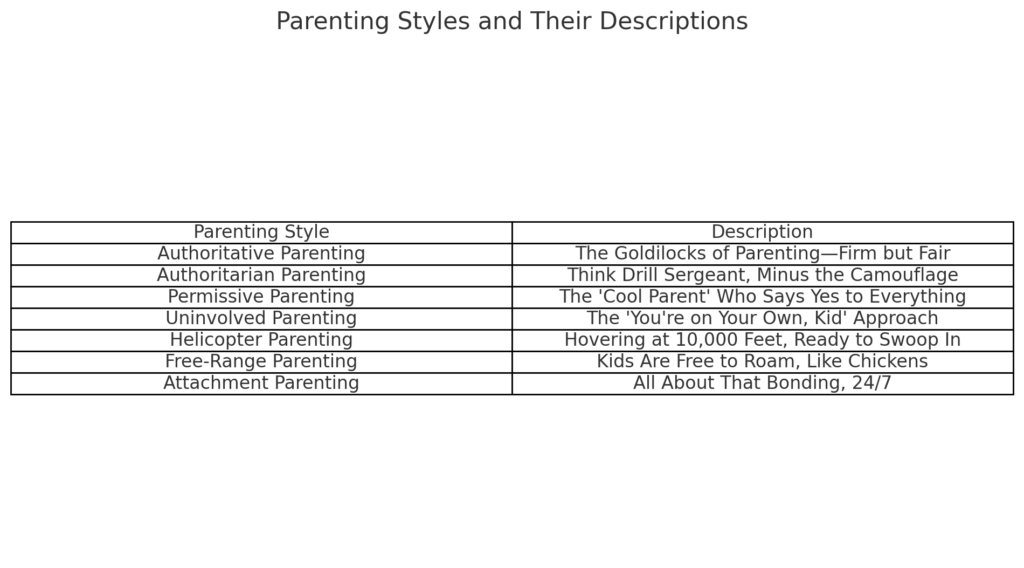
2. Communication: The Secret Sauce

When co parenting with different parenting styles, communication is your best friend. Think of it as the duct tape that holds your parenting partnership together. Here are some tips:
- Set Clear Boundaries: Discuss and agree on the non-negotiables. Bedtime at 8 PM? Screen time limits? Hammer these out early.
- Respect Each Other’s Style: You might think their approach is bananas, but respect is key. Understand where they’re coming from and find common ground.
- Regular Check-Ins: Schedule regular meetings to discuss what’s working and what’s not. Treat it like a business meeting—minus the PowerPoint.
3. The Power of Compromise

Compromise is the name of the game. It’s like creating a parenting smoothie—blend the best parts of both styles and hope it doesn’t taste awful. Some strategies include:
- Pick Your Battles: Not every hill is worth dying on. Prioritize what really matters.
- Alternate Approaches: Take turns handling different situations. One parent manages bedtime, the other handles homework.
- Unified Front: Agree to disagree in private, but present a united front to the kids. Consistency is crucial.
4. Handling Discipline Differences

Discipline is often the battleground for co parenting with different parenting styles and conflicts. Whether you’re a fan of time-outs or natural consequences, finding a middle ground is essential.
- Consistency is Key: Kids need to know what to expect, so try to maintain consistency across both parenting styles.
- Tailored Approaches: What works for one kid might not work for another. Be flexible and willing to adapt.
- Positive Reinforcement: Focus on rewarding good behavior rather than just punishing bad behavior. It’s more effective and less stressful for everyone.
5. The Art of Flexibility

Flexibility is your superpower in co-parenting. It’s like yoga for your parenting style—stretching and bending without breaking.
- Adapt to Situations: Be ready to adjust your approach based on the situation. Some days call for structure; others require a bit more leniency.
- Open Mindedness: Be open to trying new methods. You might discover that their way isn’t so bad after all.
- Learn and Grow Together: Parenting is an evolving journey. Learn from each other and grow as a team.
6. Dealing with Extended Family

Extended family can add another layer of complexity to co-parenting. Grandparents, aunts, and uncles might have their own opinions, adding to the mix.
- Set Boundaries: Clearly communicate your parenting decisions to extended family and set boundaries.
- Unified Messaging: Ensure that everyone is on the same page regarding key parenting decisions.
- Leverage Their Strengths: Use the strengths and wisdom of extended family to complement your parenting styles.
7. Special Situations: Travel, Holidays, and Weekends
Special situations can test even the most harmonious co-parenting relationships. Travel, holidays, and weekends require extra coordination and cooperation.
- Plan Ahead: Discuss and plan special situations well in advance. Who packs what? Who handles travel logistics?
- Flexibility and Patience: Things might not go as planned, so be flexible and patient.
- Create New Traditions: Blend traditions from both parenting styles to create new, shared family traditions.
8. Professional Help: When to Seek It
Sometimes, co-parenting with different styles requires a bit of outside help. There’s no shame in seeking professional guidance.
- Therapists and Counselors: Professional therapists and counselors can provide valuable tools and strategies for co-parenting.
- Parenting Workshops: Attend workshops together to learn new techniques and approaches.
- Books and Resources: There are countless books and online resources dedicated to co-parenting. Make use of them. These books cover a range of topics related to co-parenting, from dealing with a difficult ex to creating a stable environment for children in two homes. They offer practical advice, strategies, and support for parents navigating the challenges of co-parenting:
- “Co-Parenting with a Toxic Ex: What to Do When Your Ex-Spouse Tries to Turn the Kids Against You” by Amy J.L. Baker and Paul R. Fine
- This book provides strategies for dealing with a difficult ex and keeping your children out of the conflict.
- “The Co-Parenting Handbook: Raising Well-Adjusted and Resilient Kids from Little Ones to Young Adults through Divorce or Separation” by Karen Bonnell and Kristin Little
- A comprehensive guide to navigating the complexities of co-parenting and creating a healthy environment for children.
- “Joint Custody with a Jerk: Raising a Child with an Uncooperative Ex” by Julie A. Ross and Judy Corcoran
- Offers practical advice for dealing with an uncooperative co-parent and maintaining a positive co-parenting relationship.
- “Mom’s House, Dad’s House: Making Two Homes for Your Child” by Isolina Ricci
- This classic guide provides strategies for creating a stable, nurturing environment in two separate homes.
- “Two Homes, One Childhood: A Parenting Plan to Last a Lifetime” by Robert E. Emery
- Focuses on developing a long-term parenting plan that prioritizes the well-being of the child.
- “Co-Parenting 101: Helping Your Kids Thrive in Two Households after Divorce” by Deesha Philyaw and Michael D. Thomas
- Written by co-parents, this book offers firsthand advice and tips for effective co-parenting.
- “Divorce Poison: How to Protect Your Family from Bad-Mouthing and Brainwashing” by Dr. Richard A. Warshak
- Addresses the harmful effects of negative co-parenting behavior and offers strategies for protecting children from emotional harm.
- “The Truth About Children and Divorce: Dealing with the Emotions So You and Your Children Can Thrive” by Robert E. Emery
- Explores the emotional aspects of divorce and provides guidance for helping children cope and thrive.
- “When Parents Part: How Mothers and Fathers Can Help Their Children Deal with Separation and Divorce” by Penelope Leach
- Offers expert advice on how parents can support their children through separation and divorce, focusing on the child’s perspective.
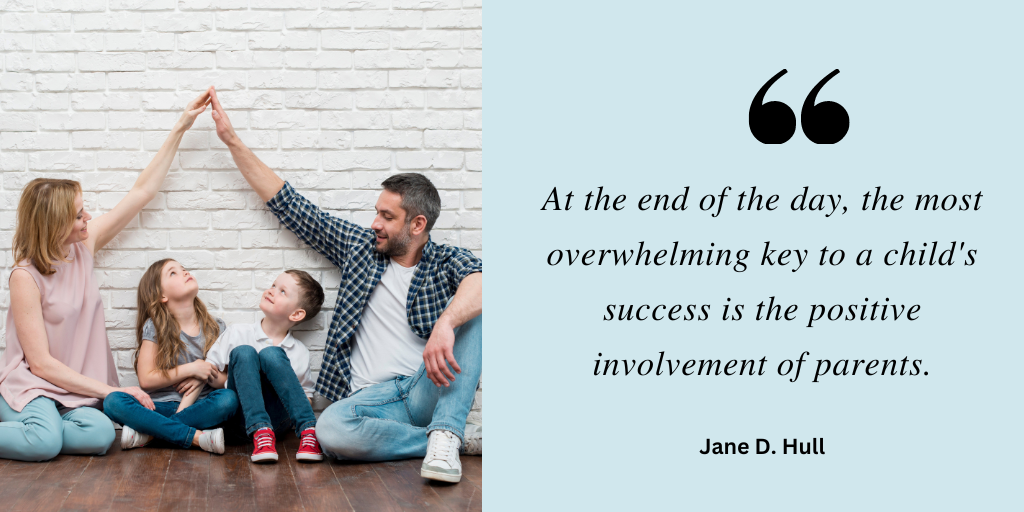
9. Celebrating Successes
Amidst the chaos, it’s important to celebrate your successes. Co-parenting is challenging, and every small victory deserves recognition.
Acknowledge Achievements: Celebrate milestones and achievements, no matter how small.
Express Gratitude: Regularly express gratitude to your co-parent. A little appreciation goes a long way.
Reflect on Progress: Take time to reflect on how far you’ve come and the progress you’ve made together.
What Should Co Parenting with Different Parenting Styles Look Like?
Just for fun here’s an example of how a conversation respecting each other’s parenting styles might look:
Setting:
Emma and Jack are co-parents with different parenting styles. Emma leans towards authoritative parenting, valuing structure and consistency, while Jack prefers a more permissive approach, believing in giving their children more freedom. They’ve scheduled a regular check-in to discuss their co-parenting strategies.
Conversation:
Emma: Hey Jack, thanks for sitting down with me. I’ve noticed we’ve been having some disagreements lately about how we’re handling the kids’ bedtime and homework routines. I thought it would be good to talk about our different approaches and see if we can find some common ground.
Jack: Yeah, I’ve noticed that too. I think it’s a good idea to talk about it. I know I tend to be more relaxed about things, and you like to keep things more structured. It’s been a bit of a challenge to balance those two styles.
Emma: Exactly. I really believe that having a consistent bedtime and homework routine helps the kids feel secure and keeps things running smoothly. But I also see the value in your approach, giving them some freedom to explore and make their own decisions.
Jack: I get where you’re coming from. Structure is important, and I don’t want to undermine that. At the same time, I think allowing them some flexibility helps them develop independence and decision-making skills. For example, sometimes I let them choose when they do their homework as long as it gets done before bed.
Emma: That makes sense. Maybe we can combine our approaches. How about we set a regular bedtime and a specific window for homework, but within that window, they can decide when to do it? That way, we have a consistent routine, but they also get some say in how they manage their time.
Jack: I like that idea. It gives them structure but also a bit of freedom. And for the weekends, maybe we can be more flexible with bedtime and let them stay up a little later if there’s a special event or they’re really into a book or activity.
Emma: Yes, I think that’s a good compromise. Weekends can be more relaxed, as long as we agree that there are still some limits. How do you feel about setting some guidelines for screen time as well? I know we’ve had different views on that.
Jack: I think that’s fair. We can agree on a daily limit for screen time and then let them decide how they want to use it, whether it’s for watching TV, playing games, or using their tablets.
Emma: Great, that sounds like a good plan. I appreciate that we can talk about these things and respect each other’s perspectives. The kids need to see
us working together, even if we don’t always agree.
Jack: Absolutely. I respect your approach, and I think finding this middle ground will really benefit the kids. Thanks for being open to discussing this.
Emma: Thank you too, Jack. Let’s keep checking in regularly to see how things are going and make adjustments as needed.
Jack: Sounds good. Let’s do it.
This conversation demonstrates respect and understanding between Emma and Jack. They acknowledge their differences, discuss their perspectives, and work together to find a compromise that incorporates elements of both parenting styles.
10. Final Thoughts
Co-parenting with different parenting styles is a roller coaster, but it’s also an opportunity for growth and collaboration. Embrace the chaos, communicate openly, and remember that you’re both in this together for the sake of your children. With a bit of patience, flexibility, and humor, you can navigate this wild ride and come out stronger on the other side.
GET FREE ACCESS TO OUR LIBRARY OF FREE PRINTABLES AND RESOURCES!
Enter Your Name and Email for FREE Access to our Library of FREE Home and Family Printables Series!
